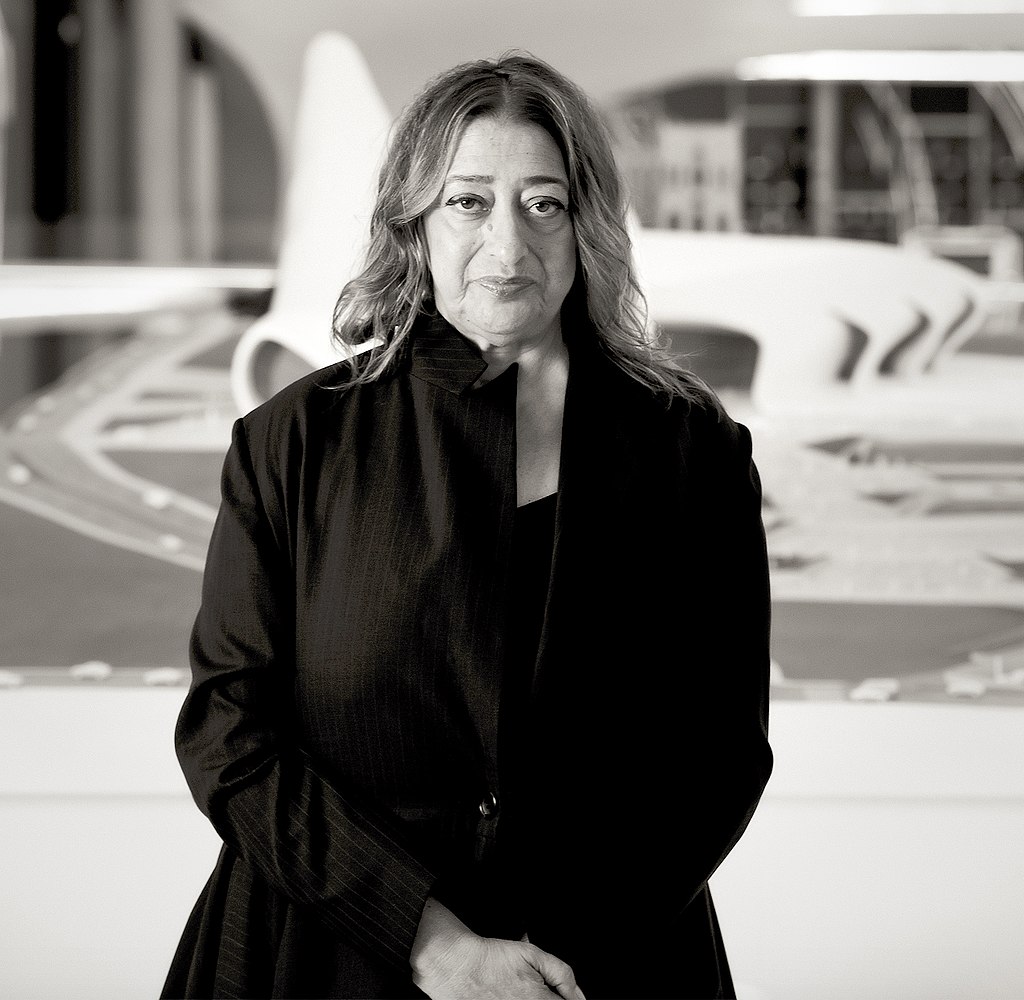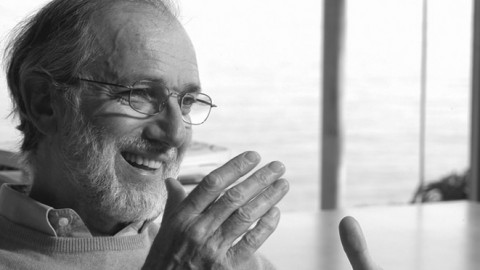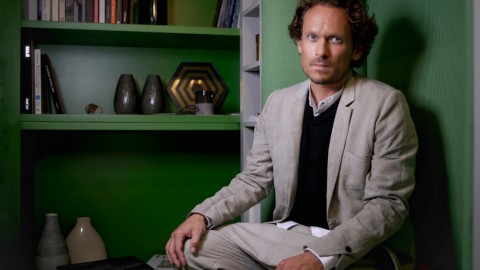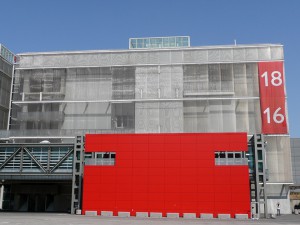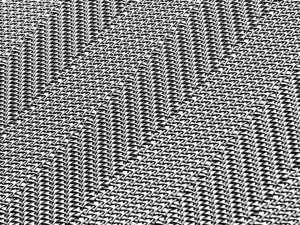FROM:Interview with Zaha Hadid

Dame Zaha Mohammad Hadid DBE RA (Arabic: زها حديد Zahā Ḥadīd; 31 October 1950 – 31 March 2016) was an Iraqi-British architect.
She was the first woman to receive the Pritzker Architecture Prize, in 2004. She received the UK’s most prestigious architectural award, the Stirling Prize, in 2010 and 2011. In 2012, she was made a Dame by Elizabeth II for services to architecture, and in 2015 she became the first and only woman to be awarded the Royal Gold Medal from the Royal Institute of British Architects.
She was described by The Guardian of London as the “Queen of the curve”, who “liberated architectural geometry, giving it a whole new expressive identity”. Her major works include the aquatic centre for the London 2012 Olympics, Michigan State University’s Broad Art Museum in the US, the Guangzhou Opera House in China, and the Beijing Daxing International Airport, also in China. Some of her awards have been presented posthumously, including the statuette for the 2017 Brit Awards. Several of her buildings were still under construction at the time of her death, including the Daxing airport and the Al Wakrah Stadium in Qatar, a venue for the 2022 FIFA World Cup.
Zaha Mohammad Hadid Dame女士(阿拉伯語:زهاحديدZahāḤadīd; 1950年10月31日至2016年3月31日)是一名伊裔英國建築師。
她是2004年第一位獲得普利茲克建築獎的女性。她在2010年和2011年獲得了英國最負盛名的建築獎,斯特林獎。2012年,她被伊麗莎白二世評為建築服務,並且2015年,她成為第一位也是唯一一位獲得英國皇家建築師學會皇家金質獎章的女性。
她被“倫敦衛報”描述為“曲線女王”,他“解放了建築幾何,給它一種全新的表達形象”。她的主要作品包括2012年倫敦奧運會的水上運動中心,美國密歇根州立大學的博物館,中國的廣州歌劇院以及中國的北京大興國際機場。她的一些獎項已經被追授,包括2017年全英音樂獎的小雕像。她的幾座建築物在她去世時仍在建造中,包括大興機場和卡塔爾的Al Wakrah體育場,這是2022年FIFA世界杯的舉辦地。


Style
The architectural style of Hadid is not easily categorised, and she did not describe herself as a follower of any one style or school. Nonetheless, before she had built a single major building, she was categorised by the Metropolitan Museum of Art as a major figure in architectural Deconstructivism. Her work was also described as an example of parametricism. An article profiling Hadid in the New Yorker magazine was titled “The Abstractionist”.
When she was awarded the Pritzker Prize in 2004, the jury chairman, Lord Rothschild, commented: “At the same time as her theoretical and academic work, as a practicing architect, Zaha Hadid has been unswerving in her commitment to modernism. Always inventive, she’s moved away from existing typology, from high tech, and has shifted the geometry of buildings.”
The Design Museum described her work in 2016 as having “the highly expressive, sweeping fluid forms of multiple perspective points and fragmented geometry that evoke the chaos and flux of modern life”.
Hadid herself, who often used dense architectural jargon, could also describe the essence of her style very simply: “The idea is not to have any 90-degree angles. In the beginning, there was the diagonal. The diagonal comes from the idea of the explosion which ‘re-forms’ the space. This was an important discovery.”
樣式
Hadid的建築風格不容易歸類,她並沒有將自己描述為任何一種風格或學校的追隨者。儘管如此,在她建造一座大型建築之前,她被大都會藝術博物館歸類為建築解構主義的主要人物。她的作品也被描述為參數主義的一個例子。 “紐約客”雜誌上的一篇文章描述了哈迪德,名為“抽象主義者”。
當她於2004年獲得普利茲克獎時,評委會主席羅斯柴爾德勳爵評論說:“在她的理論和學術工作的同時,作為一名實踐建築師,扎哈哈迪德一直堅定不移地致力於現代主義。始終具有創造性,她已經遠離現有的類型學,高科技,並改變了建築的幾何形狀。“
設計博物館在2016年將她的作品描述為“具有高度表現力,清晰流暢的多個透視點和幾何形狀的流體形式,喚起現代生活的混亂和變遷”。
哈迪德本人經常使用密集的建築術語,也可以非常簡單地描述她的風格的本質:“這個想法不是要有任何90度的角度。在開始時,有對角線。對角線來自於爆炸“重新形成”空間。這是一個重要的發現。“




